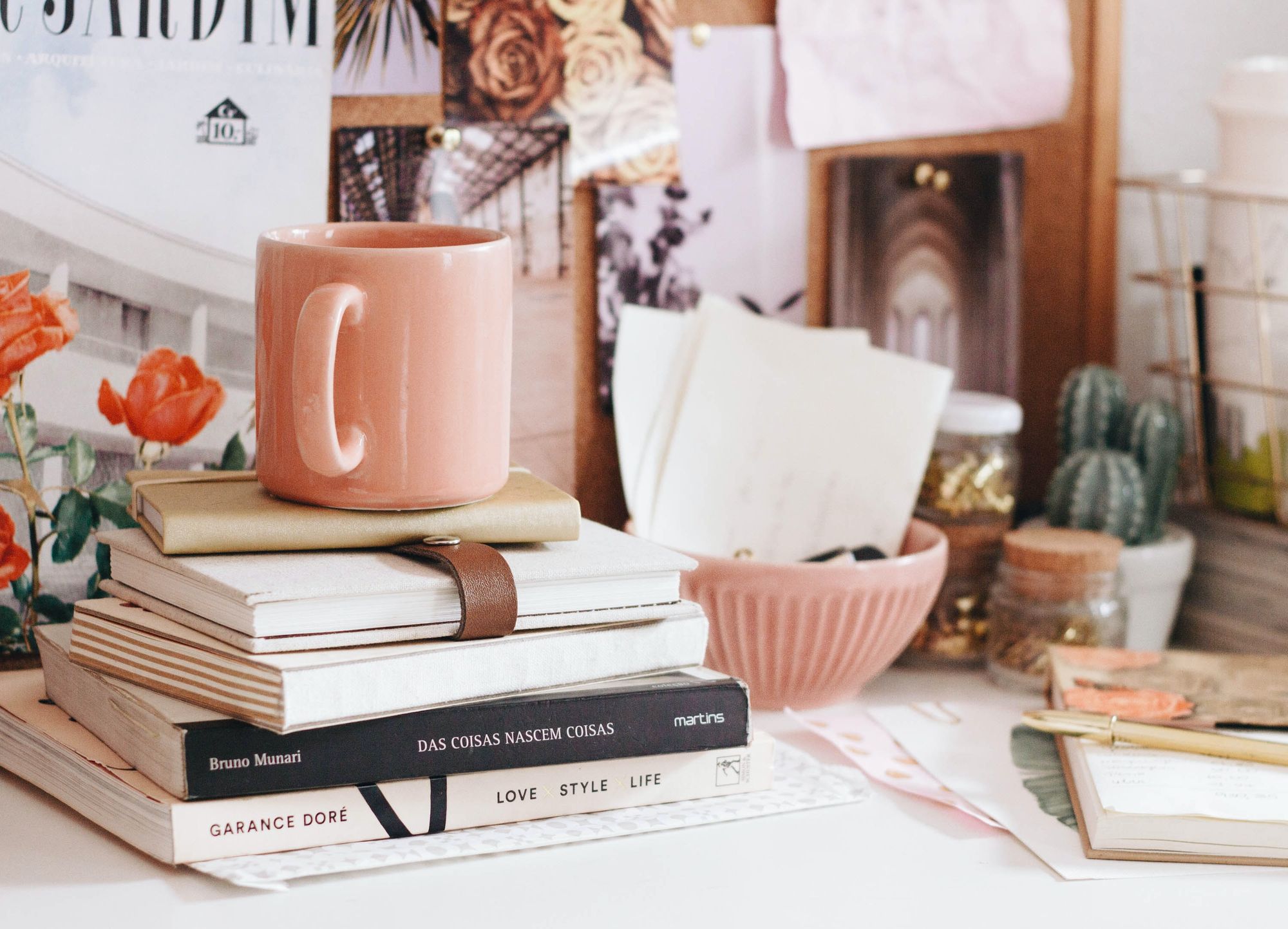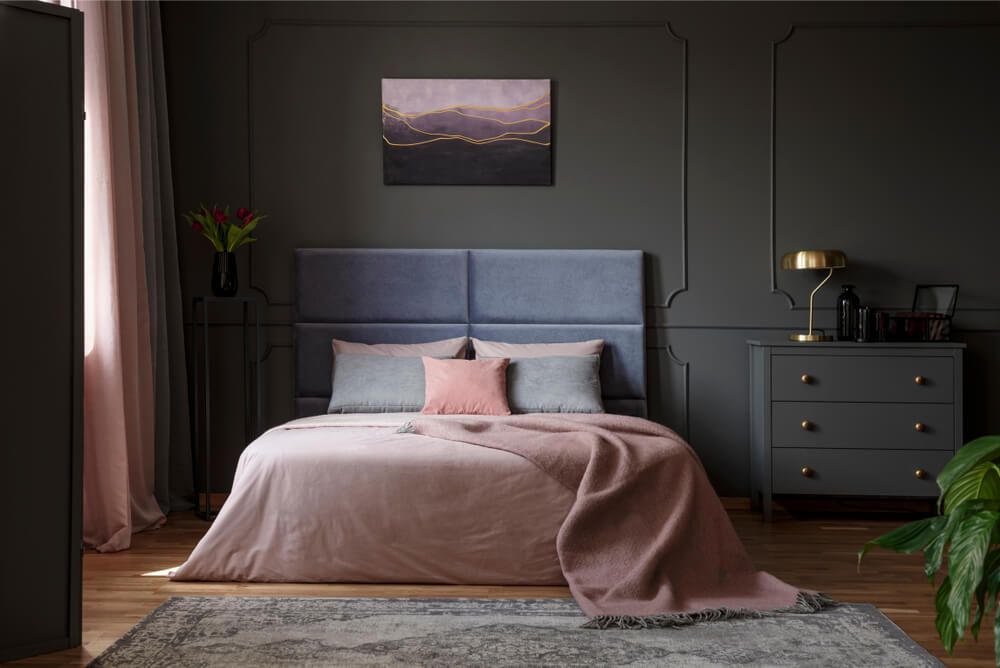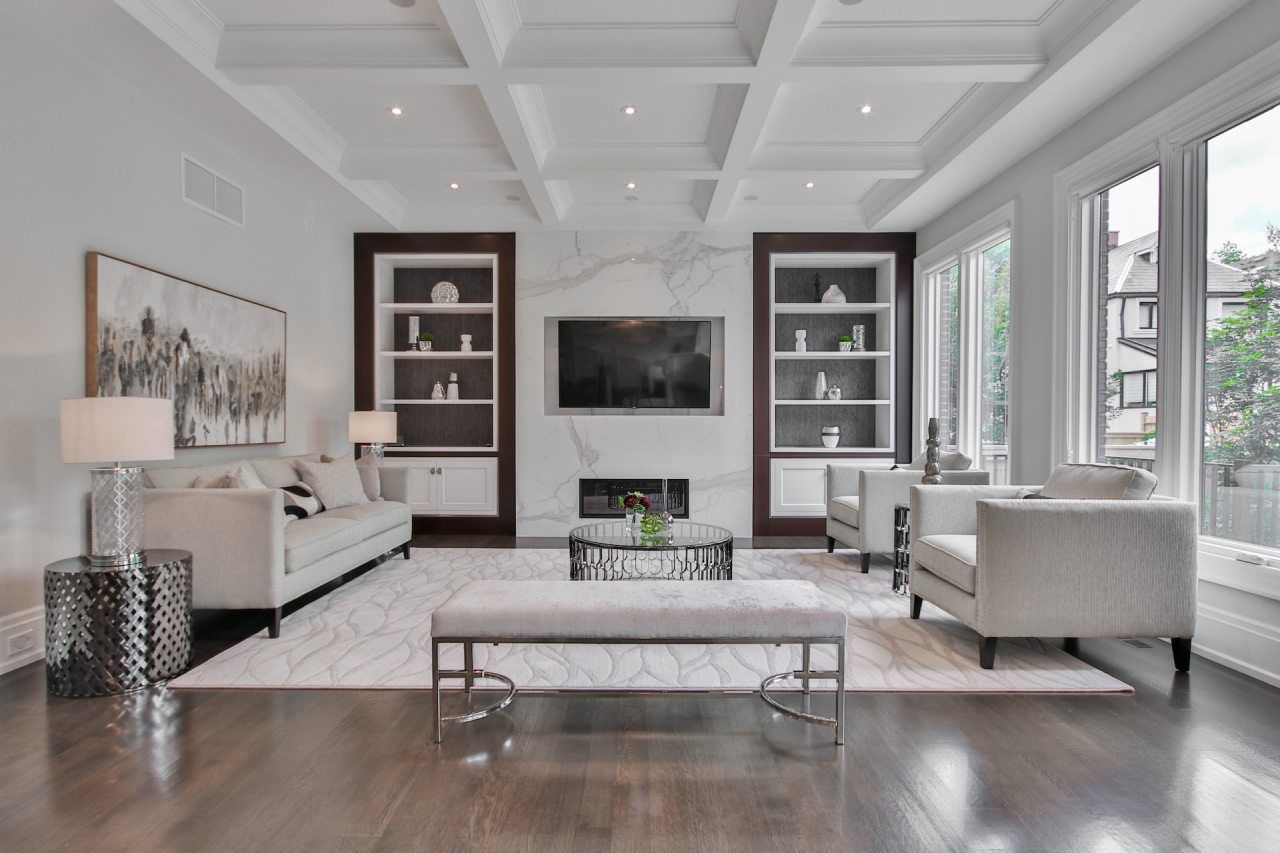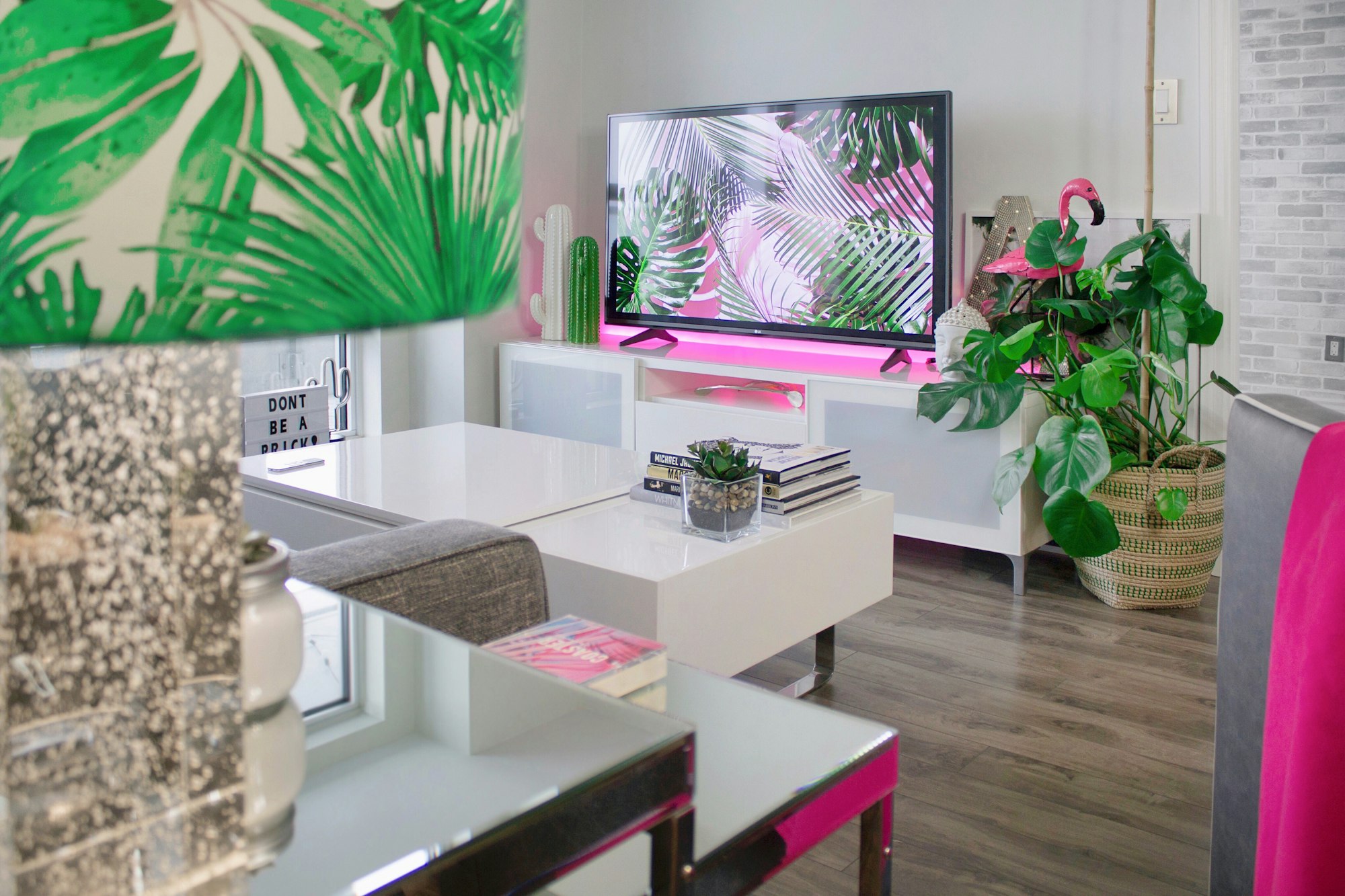7 Interior Design Principles for Home Renos
Here are seven interior design principles to implement in your next home renovation project to aesthetically enrich and add value to your home.

Interior design principles are an essential component of successful home improvement projects. Not only do they enrich the aesthetic appeal of your home, they also add financial value to your property. In this post, we look at seven interior design principles for your next renovation project.
Balance: The pillar of home improvement
Using balance in home renovation helps create a visually harmonious space. You can use colors, patterns, textures and shapes to distribute elements evenly in your space. Here are three ways to achieve balance in interior design: symmetrical, asymmetrical and radial.

Symmetrical balance refers to the symmetrical placement of objects on either side of an imaginary central axis. On the other hand, asymmetrical balance allows objects of different sizes and shapes to be placed seemingly in a random pattern while maintaining balance and harmony.

Radial balance, in turn, involves arranging objects around a central point, often resulting in a circular arrangement. In all its forms, balance is key to creating a balanced and welcoming atmosphere in any home improvement project.
Unity: Key element of interior design
In interior design, unity emphasizes consistency and harmony between the elements used. This concept can include similar colors, patterns and textures, equal spacing of objects, or repeating elements to create a visual continuance.

In practice, unity can be achieved with a cohesive color scheme or a consistent design theme. For example, using the same color palette throughout the room and repeating a particular pattern or texture helps to unify the space.
In addition, the arrangement of furniture and decorative objects also contributes to visual unity. An environment with well-applied unity flows smoothly, with each element naturally complementing the other. This principle is fundamental in home improvement as it provides a sense of cohesiveness and harmony to the entire space.
Rhythm: A hallmark of good taste
Creating rhythm through repetition and contrast in your interior is an excellent way to add visual interest to the room. You can use the same color or pattern in different ranges, alternate two elements in an ABABAB or ABBABB pattern, and arrange elements in ascending or descending order based on their size, color or other characteristics.

Rhythm in interior design can be compared to rhythm in music. Just as a repetitive melody keeps a song captivating, a repetitive or progressive visual pattern keeps viewers' attention in a room.
For example, a series of pendant lights at decreasing heights, throw pillows with the same repeating pattern, or a color palette that gets progressively darker down a hallway are all ways to establish a visual rhythm. This principle is vital in home improvement as it creates visual movement and guides viewers' eyes through the space in a fluid and enjoyable way.
Emphasis: The focus of home improvement
This principle emphasizes the need for every room to have a central element as a focal point. All other items should complement it, ensuring the focus is always on it. The emphasis can be a large piece of furniture like a grand piano, a piece of art like a painting, or a design feature like an accent wall. It can also be in the form of color, pattern or texture.

Emphasis can vary depending on the space and your personal style. It could be a vibrant color in a neutral room, a distinctively textured wall, or a striking fireplace in the center of the room. The accent element serves as the visual heart of the space, drawing the eye and giving the design personality and depth. Defining this focal point in home renovations is essential as it guides the distribution and interaction of other environmental elements.

Contrast: The energy of a room
The contrast in interior design is about creating combinations of very different shapes. This can be done through colors, shapes or space. The easiest way to achieve contrast is through color, combining different shapes, or using positive and negative space.

Contrast, when used correctly, adds energy and dynamism to a space. Imagine a room with white walls where a single wall is painted a deep dark shade. This color contrast attracts attention and adds depth and visual interest to the room. Likewise, a large leather sofa in a room with delicate wood furniture creates a visually appealing contrast of textures.

Using positive space (space occupied by objects) and negative space (empty space between objects) is an excellent way to create contrast without overwhelming the space. Contrast can be a powerful tool for creating visually stimulating and memorable interiors when planning home renovations.
Scale and proportion: Size makes all the difference
Scale and proportion are all about the size and dimension of objects in a room. Objects should be in proportion and don't look out of place. For example, a large, extravagant chandelier can look disproportionate in a small, cramped space. In contrast, small furniture can look lost in a large, spacious room.

By considering scale and proportion, you can ensure that every piece of furniture, art and decor fits perfectly in your home. Good proportion and scale improve a space's aesthetics and comfort. This is especially critical in home renovations, where the harmony between the space and the furnishings can make all the difference in creating a warm and pleasant home. Moreover, scale and proportion are key to enhancing functionality, particularly in bathrooms and kitchen remodels.

Details: The soul of interior design
In interior design, details should never be overlooked. From embroidery on pillows to hardware on the cabinetry, every little thing adds something to the overall design. Fine-tuning even minor details distinguishes a good design from a great one.

Details give a house personality personality, transforming an ordinary space into a unique and expressive environment. They can be as simple as a lovingly chosen photo frame, a vase of fresh flowers on the coffee table, or a rug with a pattern that brings the room to life.

Details like quality finishes, well-chosen accessories, and proper lighting can dramatically change a room's atmosphere. They are the icing on the cake in home improvement, providing the finishing touch that elevates interior design from pleasing to truly memorable.
Conclusion
Applying interior design principles to your home renovation projects can transform any space into a welcoming and aesthetically pleasing environment. Next step? Start designing your next project in Planner 5D by applying these principles and watch the magic happen.
FAQ
What are the first steps to starting a renovation?
The first steps to a renovation include identifying your needs and wants, establishing a budget, planning the design, hiring professionals if necessary, and obtaining the proper building permits.
How to keep my renovation low cost?
For a low-cost renovation, plan well, prioritize what's most important, reuse and repair existing items when possible, and do some chores yourself to save on labor.
How to achieve balance in interior design during home renovations?
Balance in interior design is achieved by visually distributing elements in space. This can be done symmetrically, placing equal objects on either side of a central axis, asymmetrically or radially, varying objects around a focal point.
How to calculate the value of a home renovation?
Calculating the value of a home renovation requires a detailed budget that includes costs for materials, labor, permits, contingencies, and any other associated costs, such as temporary housing or storage.

